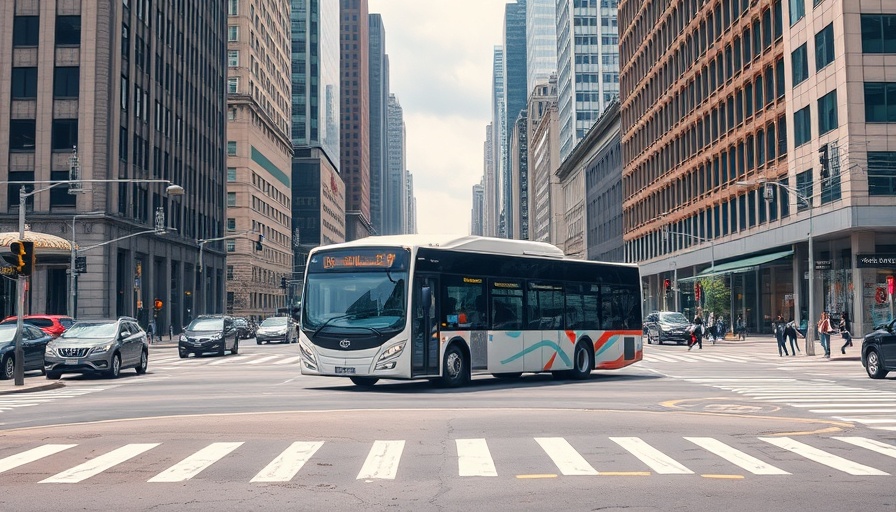
Unlocking AI Potential: Looker's MCP Server Revolutionizes Data Access
The landscape of artificial intelligence (AI) is rapidly changing, and with it comes the necessity for seamless integration of AI with existing business systems. The launch of Looker's Model Context Protocol (MCP) Server marks a pivotal step in enabling AI developers to connect their applications with real-time, secure data. As organizations increasingly rely on AI for decision-making and operational efficiency, this tool is set to redefine how businesses access and utilize their data.
A Bridge Between AI Applications and Trusted Data
Looker's MCP Server acts as a universal translator between powerful AI programs and disparate data repositories. By allowing AI tools—such as chatbots and custom agents—to access trusted data sources, it ensures that organizations can leverage their data's full value without compromising security or accuracy. Unlike traditional hardcoded integrations, MCP enables AI models to dynamically discover and interact with available data capabilities in real-time, making the integration process far more flexible and efficient.
Enhancing Security in AI Environments
Data security and governance are paramount as businesses adopt AI solutions. Looker’s approach prioritizes these concerns by allowing administrators to define strict access controls tailored for AI agents. Data accessed by AI applications is governed rigorously, meaning organizations can manage who can retrieve, interpret, and utilize sensitive information. This control minimizes risks while maximizing the potential for insights derived from that data.
Why Choose Looker? The Need for Trusted Insights
Organizations are often haunted by the challenge of misinformation or data hallucinations in AI responses. Looker addresses this by providing a single source of truth that ensures accuracy in data-driven insights. AI models querying the Looker semantic layer receive reliable and consistent results, thereby fostering a more precise decision-making framework for businesses. This capability is essential in operational settings where real-time decisions are crucial.
The Future of AI Integration with Looker's MCP Server
As AI technologies continue to evolve, the demand for more sophisticated data interaction mechanisms will only grow. The MCP Server positions organizations well for this future, enabling them to adapt and innovate. With the ability to generate optimized SQL queries on behalf of AI applications, businesses can expect efficiency gains that allow teams to focus on strategy rather than technical implementation.
In conclusion, the Looker MCP Server is not just a tool; it's a transformative solution set to redefine AI integration in business intelligence. By providing a secure and governed framework for AI to access trusted data, Looker empowers organizations to harness the full potential of their data landscapes and make informed decisions. As industries race towards AI adoption, solutions like Looker's MCP Server will be critical for success.
 Add Row
Add Row  Add
Add 




Write A Comment